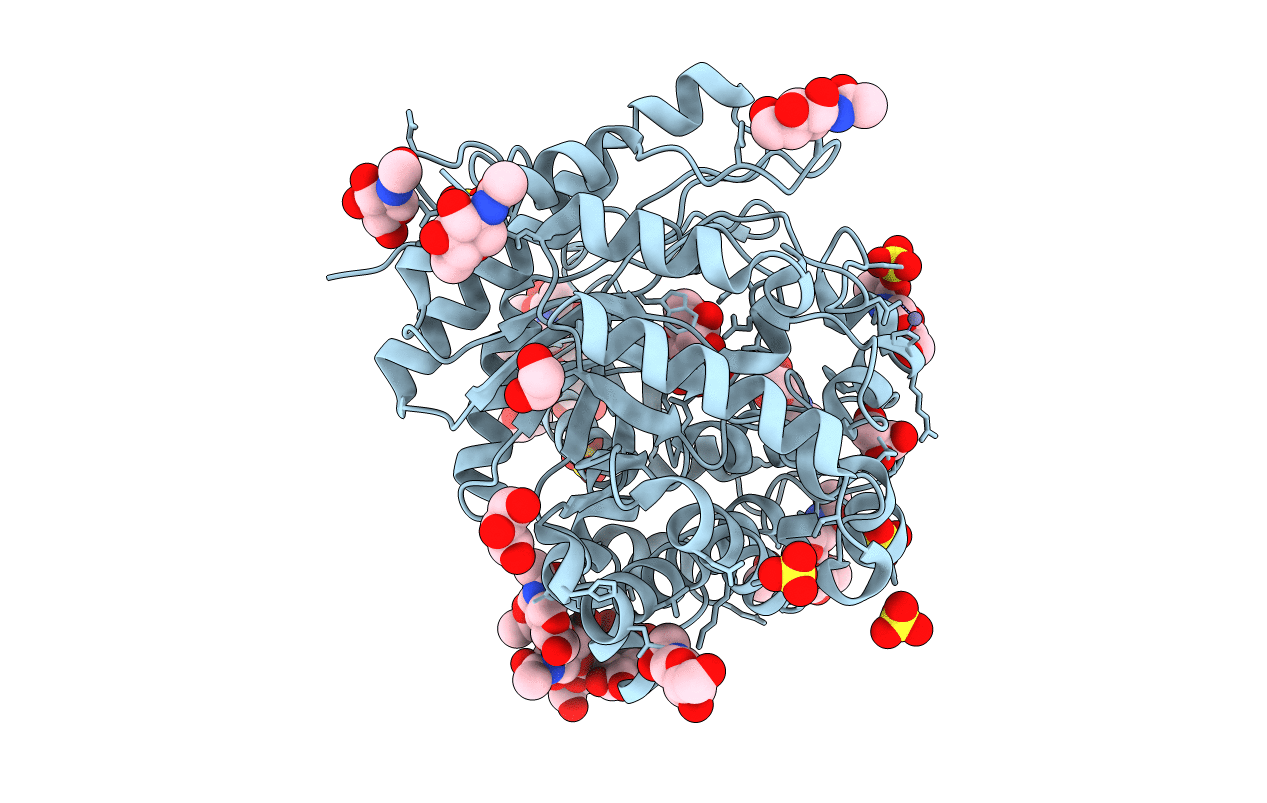
Deposition Date
2000-08-23
Release Date
2001-01-05
Last Version Date
2024-10-23
Entry Detail
PDB ID:
1E6X
Keywords:
Title:
MYROSINASE FROM SINAPIS ALBA with a bound transition state analogue,D-glucono-1,5-lactone
Biological Source:
Source Organism:
SINAPIS ALBA (Taxon ID: 3728)
Method Details:
Experimental Method:
Resolution:
1.60 Å
R-Value Free:
0.17
R-Value Work:
0.13
Space Group:
C 2 2 21


